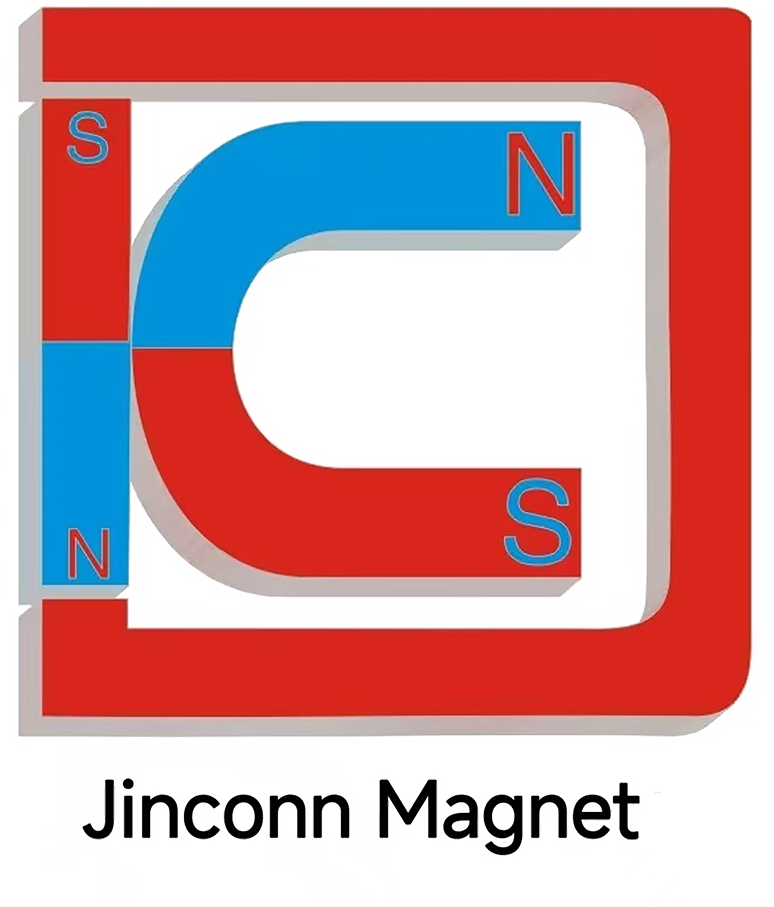Future Trends and Sustainable Innovations: Rare Earth Magnets vs. Soft Magnetic Materials
The Future of Magnetic Materials: Innovations in Rare Earth Magnets and Soft Magnetic Materials
As global industries shift towards smarter, more efficient systems, the comparison between rare earth magnets and soft magnetic materials extends far beyond traditional performance metrics. In this article, we explore how emerging technologies, sustainable manufacturing, and customization are transforming the future landscape of magnet applications.
Pushing Boundaries with Neodymium Magnets
Rare earth magnets, especially neodymium magnets (钕铁硼磁铁), have become the cornerstone of countless innovative devices. These magnets are engineered for exceptional performance, boasting high coercivity (高矫顽力) that protects against demagnetization in advanced robotics and aerospace navigation. The ability to sustain a stable magnetic field under fluctuating conditions is invaluable as industries pursue higher precision and miniaturization.
High temperature resistance (耐高温) is another crucial advantage. As electric vehicles, drones, and wind turbines operate in increasingly demanding environments, 钕铁硼磁铁 can deliver reliable performance even when subjected to rapid thermal cycling. Meanwhile, enhanced corrosion resistance (耐腐蚀) ensures these magnets maintain strength and integrity in outdoor or chemically harsh settings—key for offshore wind energy, marine electronics, and environmental monitoring devices.
Soft Magnetic Materials: Enabling High-Efficiency Electronics
While rare earth magnets provide lasting power, soft magnetic materials are pivotal to the next generation of efficient electronics. Their rapid magnetization and demagnetization abilities are essential for high-frequency power converters, smart grids, and next-gen wireless chargers. As devices become smaller and more connected, the need for soft magnetic cores with ultra-low losses is greater than ever.
Modern soft magnetic materials, such as amorphous alloys and nanocrystalline compositions, are enabling significant breakthroughs. These materials can be custom-tailored to meet demanding requirements for energy-efficient power supplies and high-performance medical imaging, bridging the gap between power density and system flexibility.
The Value of Custom Magnet Solutions
Customization (可支持定制化磁铁方案) is revolutionizing how engineers address magnetic challenges. Leading manufacturers now offer magnet solutions tailored to the exacting needs of IoT sensors, smart automation, and compact consumer electronics. For instance, miniaturized actuators and energy harvesters often require钕铁硼磁铁with precise geometry, high coercivity, and robust coatings—resulting in longer lifespans and higher system reliability.
In critical sectors like medical technology and aerospace, custom magnet designs (可支持定制化磁铁方案) ensure components can withstand repeated sterilization cycles, extreme vibration, or variable atmospheric pressure. This level of engineering also allows magnets to integrate seamlessly with electronic packages, reducing overall device footprint.
Advancements in Durability and Environmental Performance
Manufacturers are responding to environmental concerns by improving the recyclability and sustainability of both rare earth and soft magnetic materials. New production techniques allow for the efficient reuse of钕铁硼磁铁scrap, reducing resource consumption and minimizing waste. In parallel, surface engineering technologies have improved the耐腐蚀and耐高温properties of magnets without compromising their performance.
Meanwhile, high coercivity (高矫顽力) enhancements are helping to extend product lifespans by protecting magnets against mechanical stress, repeated cycling, and field interference.
Looking Ahead: Emerging Trends
Smart Transportation: Autonomous vehicles and high-speed trains depend on advanced magnetic systems for propulsion, navigation, and safety. Both钕铁硼磁铁and soft magnetic components are central to the reliability and responsiveness of these innovations.
Renewable Energy: Wind turbines, solar inverters, and energy storage rely on high-performance magnets with custom characteristics. Enhanced耐高温and耐腐蚀features are particularly vital in extreme or outdoor environments.
Wearable and Medical Devices: As devices shrink and become more sophisticated, the need for precise, customizable, and durable magnets continues to grow.
Conclusion
As the world accelerates toward intelligent, sustainable technologies, the importance of both rare earth magnets and soft magnetic materials is only set to increase. With advanced customization options (可支持定制化磁铁方案), exceptional耐高温and耐腐蚀performance, and ongoing enhancements in高矫顽力, magnetic solutions are evolving to meet the needs of tomorrow’s industries.
In summary, choosing the right material—whether a robust钕铁硼磁铁or a flexible soft magnetic alloy—relies on a deep understanding of performance demands, operating environments, and the benefits of tailored engineering. The future belongs to those who harness the power of these materials to create the next wave of technological breakthroughs.




Jinconn WeChat









